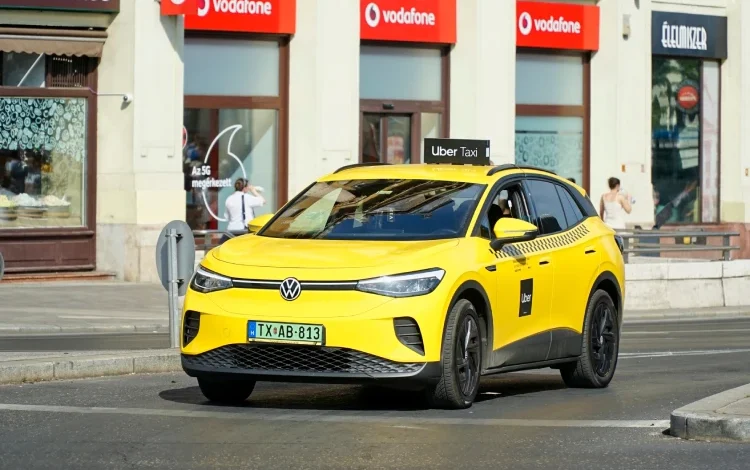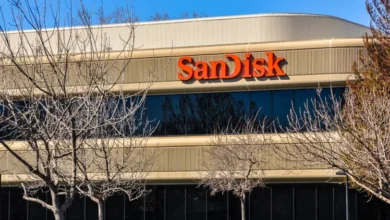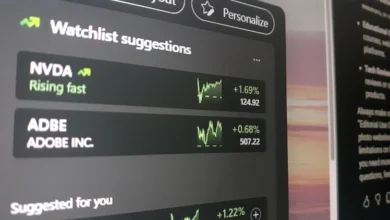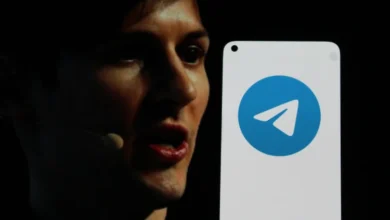
Volkswagen and Uber to Launch Robotaxi Service in LA by 2026
Automated ID Buzz Vans to Hit Uber’s Platform, With Plans to Expand Across U.S. Cities
Volkswagen and Uber are gearing up to introduce a Robotaxi service in Los Angeles, with commercial operations scheduled to begin in 2026. At the heart of this plan are VW’s electric ID Buzz vans—modern minivans designed with city transport in mind and retro styling inspired by the classic Microbus.
The vans will be outfitted with autonomous driving tech, but during the early phase, each vehicle will include a trained operator behind the wheel. Full autonomy is expected to follow in 2027, once the necessary permits are in place and local regulators give the green light.
Testing Begins Soon, With a Careful Approach

Volkswagen’s U.S. autonomous unit, ADMT (Autonomous Driving Mobility & Transport), will handle testing and rollout, which is expected to begin in Los Angeles later this year. These trials hinge on approval from the California Department of Motor Vehicles, which oversees AV testing, and the California Public Utilities Commission, responsible for commercial ride services.
By starting with safety drivers, VW and Uber are taking a measured route toward autonomy. This allows the technology to mature under real-world conditions while building public trust and meeting strict regulatory requirements.
Behind the Wheel: Tech, Not People
The ID Buzz vans aren’t just electric—they’re smart. Each vehicle will run on Mobileye’s autonomous driving system, a platform that combines radar, lidar, and cameras to understand traffic conditions and navigate without human input.
While Mobileye is responsible for the core self-driving technology—handling perception and decision-making—Volkswagen is relying on its in-house teams to support the broader operation. Moia, VW’s ride-pooling subsidiary, will oversee fleet management and day-to-day logistics, drawing on its experience running electric ride services in Germany. Meanwhile, Cariad, the automaker’s dedicated software unit, is tasked with integrating the autonomous systems into the vehicles and ensuring they receive regular updates as the technology evolves.
This layered setup reflects a shift in how automakers approach mobility—offering complete solutions, not just vehicles. VW isn’t running its own ride-hailing app but is supplying both the autonomous hardware and the tech stack to partners like Uber.
Uber Expands Its Autonomous Strategy
For Uber, the deal strengthens its position as a connector between users and autonomous mobility providers. The company has spent the past few years working with various AV startups and companies, including Waymo and Motional, to bring autonomous rides and deliveries to select cities.
Rather than build its own AV tech, Uber is taking a marketplace approach. It wants to give users access to a wide range of self-driving services through a single platform—its app. The addition of VW’s autonomous vans brings more scale and reliability to that vision.
Looking Ahead: From Pilot to Fleet
Volkswagen and Uber plan to scale up from Los Angeles, eventually deploying thousands of robotaxis in cities across the U.S. over the next ten years. The vans used in LA will feature the longer version of the ID Buzz, built to carry more passengers and reduce the number of trips needed during peak hours.
The goal is not just to showcase technology but to integrate it into daily life, one ride at a time.
Christian Senger, who leads VW’s autonomous division, summed up the strategy clearly: “This isn’t just about innovation—it’s about building useful, real-world mobility systems that can scale.”
[Source]




